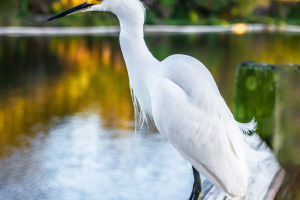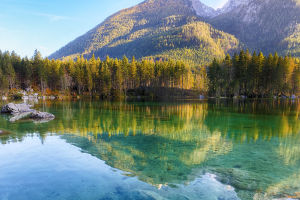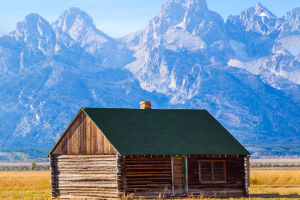The heron, also known as the long-necked old stork, grey stork, green shore, hungry old stork, or dry old stork, is a majestic bird with a body length of approximately 1 meter.
The head and neck of the heron are white, with black stripes on the eyes that extend to the occiput, forming a crown of feathers. The upper body of the heron is grey, and the lower body is white, with two to three rows of longitudinal black spots on the front neck and large black blocks on the side of the heron's body.
The heron's head, neck, feet, and beak are very long, giving the body a thin and slender appearance. When flying, the heron's wings flutter slowly, and the neck is retracted into a "Z" shape, with the heron's feet far behind the tail. Herons often stand motionless at the water's edge, with their necks stretched out, waiting for their prey to come near. Their calls are coarse and high-pitched.
Herons are found worldwide, from Africa and Eurasia to Korea, Japan, the Philippines, and other islands. They inhabit lakes, swamps, rivers, mudflats, and rice paddies in the low mountain and plain areas. Herons tend to roost in groups at night in tall trees. They are very adaptable and usually thrive in new environments.
The roosting requirements of herons vary by geographic area, with many herons choosing to roost on the tops of tall trees or on nearby branches. If trees are not available, herons may perch in dense brush.
Herons live near water and prefer to feed in shallow water. They spend a lot of time staring at the water, waiting for passing fish, and when they see food coming, they immediately extend their necks and peck at it with great agility.
They are patient hunters and sometimes wait for hours for their prey to come near. In April 1973, the stomachs of herons were cut open and found to contain animal food such as loaches, amphibians, and insects.
Herons move in pairs and small flocks and sometimes mix with egrets during migration and in winter in large groups. They often wade alone in shallow water or stand still at the water's edge for long periods, with their necks curled between their shoulders. They often stand on one foot and tuck the other foot under their belly for hours at a time.
The breeding season for herons is from April to June. At the beginning of the breeding season, male herons choose a nesting site. After selecting a suitable site, they make low noises to attract potential mates.
If there are multiple females approaching a single male, the male will choose one to mate with. Both males and females must agree before pairing and mating can occur.
Uninterested males often drive females away from nesting sites to indicate their lack of interest. Once a male attracts a female to his nesting site, he begins a series of courtship behaviors that include neck-stretching, nudging and bowing, and beak-slapping.
Before breeding begins, male and female parents tend to move in pairs or small groups in open, shallow waters and marshes with reeds, water plants, or nearby trees.
Herons nest in trees or reeds and grasses near the water. Herons nest in small groups, and sometimes several pairs or more than a dozen pairs of herons will nest in a single tree.
The male is responsible for transporting the nesting material while the female is responsible for building the nest. Both parents take turns incubating the eggs, which usually hatch after 25 to 30 days.


